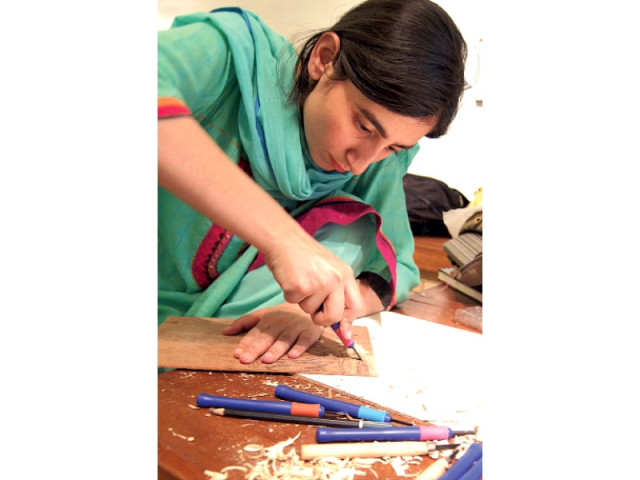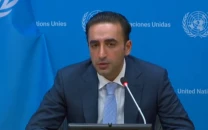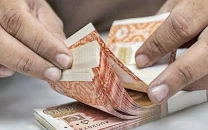Introducing an ancient Japanese art
Art students, teachers attend first-ever woodblock printing workshop.

As many as 25 art students and teachers have learnt the ancient art of Japanese woodblock printing during a five-day training workshop which concluded here on Friday.
The first ever in Pakistan, the workshop was conducted by Dr Shahida Mansoor, the first Pakistani to receive a doctorate degree in woodblock printing from Tokyo National University of Fine Arts and Music.
The three-hour gruelling sessions featured a three-step process – carving the block, applying the colour and printing. As easy as it may sound, the participants could be seen applying details till the final day.
Each student’s work was unique in its own style. For instance, Mahnoor, an architect, created a geometric pattern, while another student created a calligraphic piece.
Although Japanese paper making is part and parcel of the process which uses mulberry trees, students made do with handmade A2 size paper. Each piece of paper was covered with a glue mixture which locked in the paper’s pores and was left to dry for a day. An initial sketch was then drawn on the wooden block carved with a simple tool. This was followed by spreading of ink over the wood (except for carved areas). The handmade paper was delicately placed after wetting and a “baren” was used to press the paper on top of the block.
Each final print was usually in mono colour, however, students were able to add different colours by repainting a different block to create a tri-colour scene. The final pieces were a mirror image of carved wood block.
Practiced since the 17th Century, the Japanese artists originally depicted landscapes and natural sceneries through woodblock printing. However, with the passage of time, each artist carved his or her own niche.
“Even my technique has varied with time, and since participants had five days to learn the method, I encouraged them to apply my technique but use their own interpretation,” said Mansoor.
While students diligently worked on their last day, a documentary was screened in the background, providing visuals on techniques of woodblock printing.
Participants also received certificates from Toshikazu Isomura, General and Public Affairs Counsellor of the Japanese embassy. “I am glad to see that this ancient art is now being practiced in Pakistan,” he said while addressing the participants.
Mansoor said her first workshop had been a memorable experience and motivated her to hold similar workshops in the future. The final pieces are on display at PNCA.
Published in The Express Tribune, October 20th, 2012.



















COMMENTS
Comments are moderated and generally will be posted if they are on-topic and not abusive.
For more information, please see our Comments FAQ